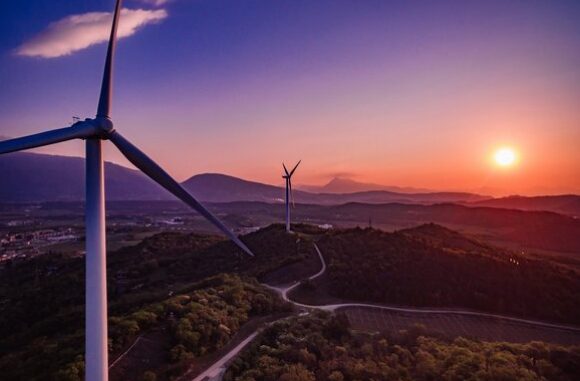
Protected Areas: Renewable energy projects should avoid national parks, nature reserves, and other protected areas.
Critical Habitats: Sites that are crucial for the survival of endangered or vulnerable species should be avoided.








Migration Routes: Avoid areas that are known to be part of migration routes for birds and other wildlife.
Environmental Impact Assessments (EIAs):
Comprehensive EIAs: Conduct thorough environmental impact assessments to identify potential impacts on local biodiversity and develop mitigation strategies.
Stakeholder Involvement: Engage local communities, environmental groups, and other stakeholders in the planning process to identify concerns and gather local ecological knowledge.
2. Design and Technology Choices
Bird and Bat Safety:
Wind Turbine Placement: Position wind turbines away from known bird and bat habitats and migration routes.
Detection Technologies: Use radar or ultrasonic deterrents to detect and deter birds and bats from wind turbine areas.
Turbine Design: Opt for designs that reduce the risk of collision, such as fewer, slower-moving blades.
Marine Life Protection:
Offshore Wind Farms: Place turbines away from sensitive marine habitats, such as coral reefs and seagrass beds.
Noise Mitigation: Implement noise reduction measures during construction and operation to minimize disturbance to marine life.
3. Land Use and Habitat Considerations
Dual-Use Land:
Agrovoltaics: Combine solar energy production with agriculture, allowing for dual land use and reducing habitat loss.
Brownfield Sites: Preferentially develop renewable energy projects on degraded or previously developed land instead of pristine habitats.
Minimize Habitat Fragmentation:
Cluster Development: Cluster renewable energy installations to limit the spread of infrastructure and reduce habitat fragmentation.
Wildlife Corridors: Maintain or create wildlife corridors to ensure connectivity between habitats.
4. Construction and Operation Practices
Construction Timing:
Avoid Breeding Seasons: Schedule construction activities outside of critical breeding and nesting seasons to minimize disturbances.
Seasonal Restrictions: Implement seasonal restrictions based on local wildlife activity patterns.
Operational Adjustments:
Turbine Curtailment: Temporarily shut down wind turbines during peak migration periods or adverse weather conditions to protect birds and bats.
Adaptive Management: Use monitoring data to make real-time operational adjustments to minimize wildlife impacts.
5. Monitoring and Adaptive Management
Baseline Studies:
Pre-Construction Surveys: Conduct baseline biodiversity surveys before construction to understand the existing ecological conditions.
Long-Term Monitoring: Establish long-term monitoring programs to track changes in biodiversity and habitat conditions over time.
Adaptive Management:
Responsive Strategies: Implement adaptive management strategies that allow for changes in project operations based on monitoring results.
Continual Improvement: Use monitoring data to refine and improve mitigation measures continuously.
6. Policy and Regulatory Frameworks
Strong Regulations:
Environmental Standards: Establish and enforce strong environmental regulations and standards for renewable energy projects.
Incentives for Best Practices: Provide incentives for developers to adopt best practices and technologies that minimize biodiversity impacts.
Collaborative Efforts:
Multi-Stakeholder Collaboration: Foster collaboration between governments, developers, conservation organizations, and local communities to develop and implement biodiversity-friendly renewable energy projects.
Research and Development: Support research into new technologies and methods for reducing the environmental impact of renewable energy.
Case Studies and Examples
Agrovoltaics in Germany:
Integration with Farming: Solar panels are installed above crops, providing shade and reducing water evaporation while generating energy, demonstrating a successful dual-use approach.
Altamont Pass Wind Farm Reconfiguration:
Bird-Friendly Measures: The reconfiguration of wind turbines in this California wind farm reduced bird fatalities by relocating turbines away from high-risk areas and using newer, safer turbine designs.
Offshore Wind Farms in Europe:
Marine Protection Zones: Some offshore wind farms are developed within marine protected areas with careful planning to balance energy production and marine conservation.
Conclusion
By incorporating these considerations and strategies, renewable energy projects can minimize their impact on biodiversity and contribute to a sustainable and environmentally friendly energy future. Careful planning, stakeholder engagement, and ongoing monitoring and adaptation are key to achieving this balance.

Leave a Reply